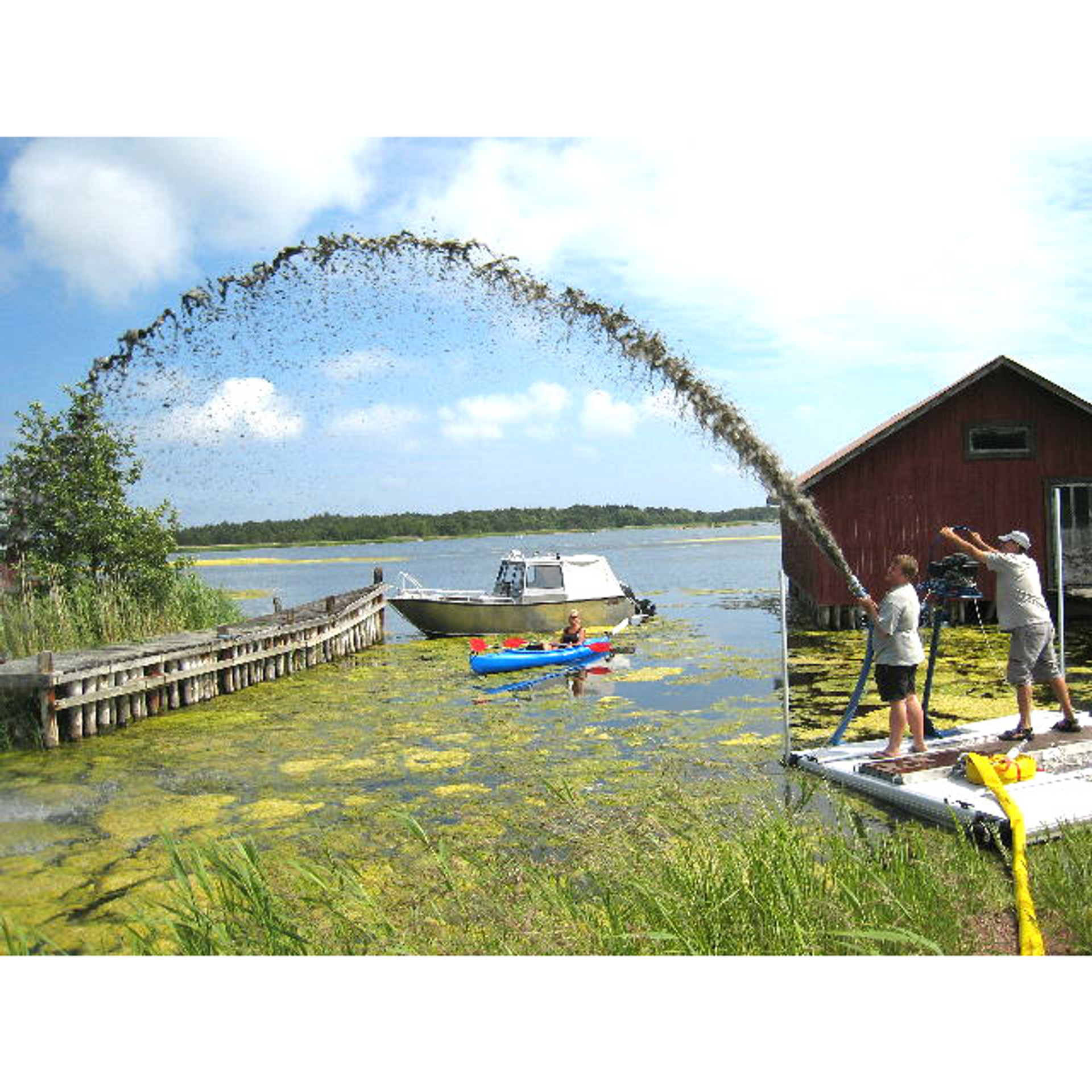


When too much sediment accumulates, the quality and functionality of the pond begin to decrease. In some cases, it may reduce the capacity of the inlet pipe, leading to flooding upstream. When sediment accumulates near an inlet, it may impede flow into the pond. The accumulation of sediment often begins near the inlet to the pond. What happens when too much sediment accumulates in my pond?

It may be time to evaluate how much sediment has accumulated in those ponds and whether or not it is time to dredge them to remove the accumulated sediment. Most municipalities and older developments own wet retention ponds that were built in the early 2000’s. The pollutants and sediment settle to the bottom of the wet pond where they often remain until they are removed. The permanent pool of a wet retention pond helps settle out those nasty pollutants that are often carried in storm water runoff. Wet retention ponds are a great way to effectively meet pollutant reduction requirements while also controlling peak discharge release rates during storm events. As the world of storm water management continues to evolve and municipalities face new requirements for the treatment and control of storm water runoff, storm water wet retention ponds are becoming a regular fixture for new and re-developments.


 0 kommentar(er)
0 kommentar(er)
